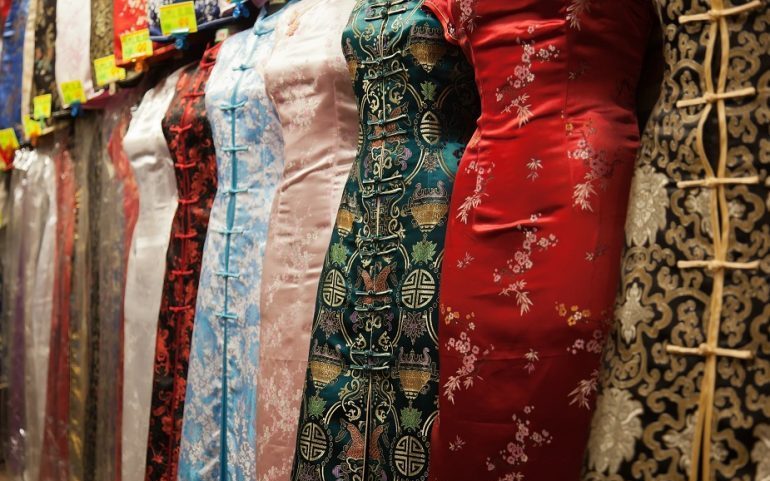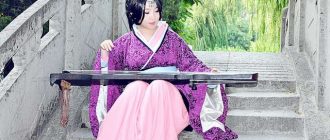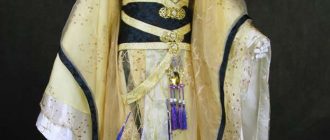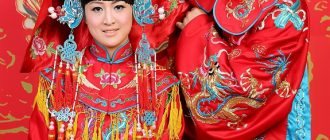The traditional clothing of the people of China truly reflects the kind of lifestyle they were used to living back then. As outwardly expressive as traditional Chinese clothing is it is full of innate symbolism as well. This is one of the things that set traditional Chinese clothing apart.
Everything from the pheasant feathers on the head gear of warriors to the foot binding bandages on the feet of young Chinese girls has some sort of symbolism attached with it.
Early Chinese Clothing
Archaeologists have been able to unearth amazing discoveries regarding ancient Chinese clothing. Their findings show that the Chinese were into making use of ornaments to decorate their dresses as far back as 4,500 years ago. This was the time period of the Yellow Emperor according to Chinese history and it was during this time that a certain level of consistency started to develop in traditional Chinese clothing.
Many clothing articles from this time period reveal the progress that was being made in the clothing of the Chinese people. Silk woven garments and hemp articles belonging to the Shang Dynasty have also been discovered.
Popular traditional Chinese dresses
Pien Fu
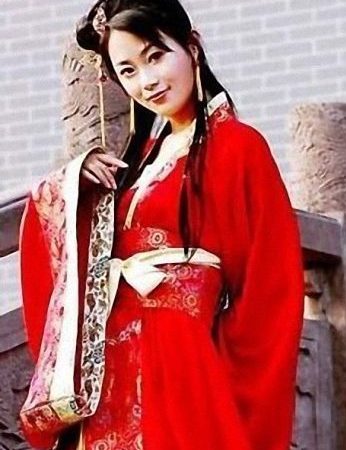
The most popular traditional Chinese dress is by far the Pien-Fu.
This is a unique two piece costume which was considered to be a ceremonial suit.
It had a tunic for a top that extended all the way to the knees.
This was worn on top of a skirt that reached the length of the ankles.
The skirt under the tunic was reserved for formal occasions.
The Pien Fu dress would not be complete without the Pien which was a cylinder shaped hat.
Sheni
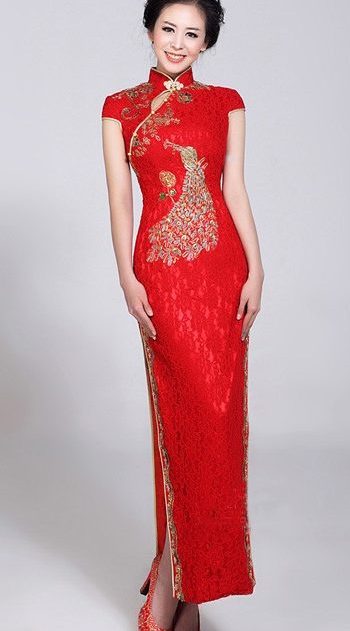
This unique dress was a sort of modification of the Pien Fu. It was a two section dress that consisted of a tunic as well as a skirt.
The unique thing about this dress was that both these items were stitched together to become one long suit.
Hence in its appearance it looked a lot like the traditional Chinese long rope.
The cuts and folds on the Sheni take definite inspiration from the Pien Fu.
The draping of the dress using excessive clothing is also another element taken from the Pien Fu traditional Chinese dress.
The Sheni became extremely popular with the Chinese masses and it also established its prominence in the government offices as well as amongst the scholars.
Chang Pao
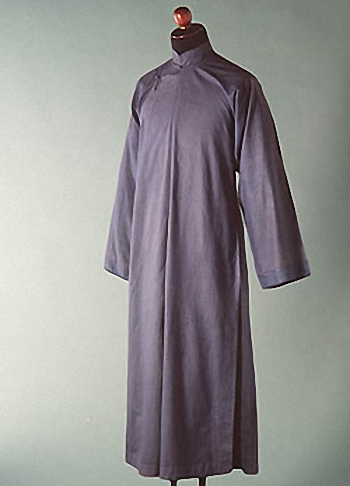
This was perhaps the simplest of all traditional Chinese clothing.
In its essence the Chang Pao dress was a fusion of the above mentioned two traditional Chinese dresses.
It was a one piece suit that started from the height of the shoulders and extended down to the wearer’s ankles.
There are a couple of things that were common amongst the different kinds of traditional Chinese dresses.
One was the fact that the locals usually preferred to wear dark colors. Secondly all traditional Chinese clothing made use of excessive draping, voluminous sleeves and had a wide loose fit.
Was this article helpful? Leave a comment and tell us how we can improve…

